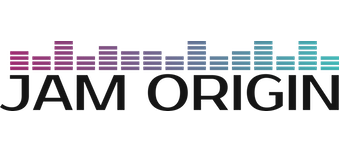All,
On Live 11 and 12 there’s a synth named Analog (depends on your version of Live) that exposes MPE capabilities :
Toggling the MPE switch in the Global section of the display reveals three MPE sources: Pressure, Slide, and NotePB (per-note pitch bend), which can be used to further transform Analog’s sound.
You can specify up to two different destinations where MPE pressure data will be routed using the two Pressure Destination choosers. You can set how much the MPE data will modulate the selected destinations using the MPE Pressure Amount sliders to the right.
Slide also includes two Destination choosers, each with its own MPE Slide Amount slider to control how much the MPE slide data affects the target.
The Pressure and Slide Activity LEDs light up when Analog receives MPE pressure and slide data respectively.
The Note PB slider sets the range of per-note pitch bend in semitones.
By mapping the Guitar Modulators in MG3 to those MPE destinations I am learning how it’s best to map and I am obtaining good results even with a single Oscillator, Filter and LFO. The spectrum of Modulation Destinations in Analog make it a very good test tool for MG3 and your Guitar.
This is completely different than mapping MIDI CC from controllers but it’s the thing to do when the Virtual Synth does not expose any MPE native capabilities. Although the results might be similar, in MG3 we have 4 mappable parameters per Virtual Synth while in Analog being the MPE native it’s fun and faster map the destinations. Hope this helps.
To me all this MPE stuff is new so I am learning as fast as I can. … I wrote this also for others, learning and testing as I am doing.
